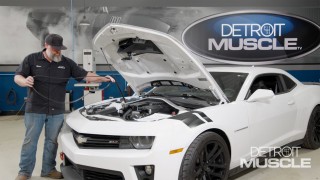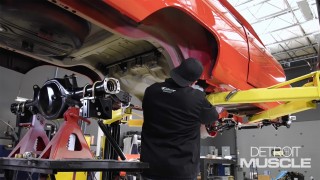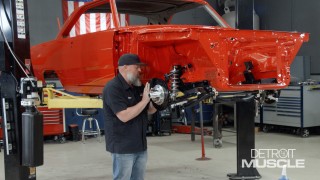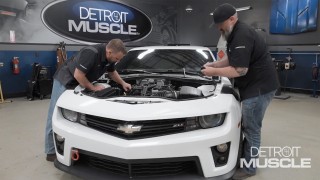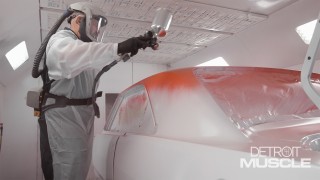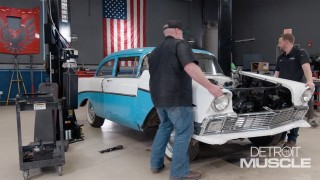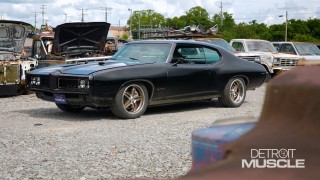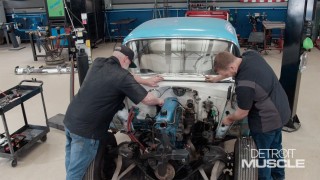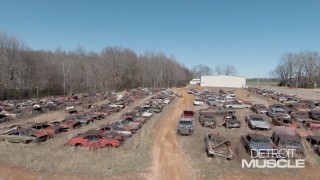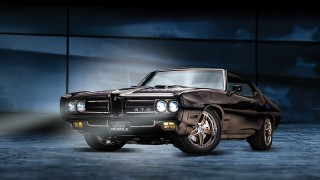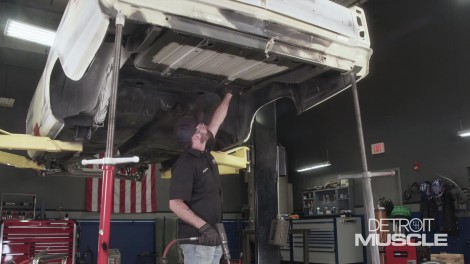
Bending the Iron
With the plan laid out, Tommy and Peyton install light frame rails on the 1966 Chevy Nova. However, riding these rails proves to be tougher than expected when Project Starstruck shows her true colors.
Season 11
Episode 3
Hosts: Tommy Boshers, Peyton Pittman
First Air Date: May 6, 2024
Duration: 21 minutes 27 seconds

